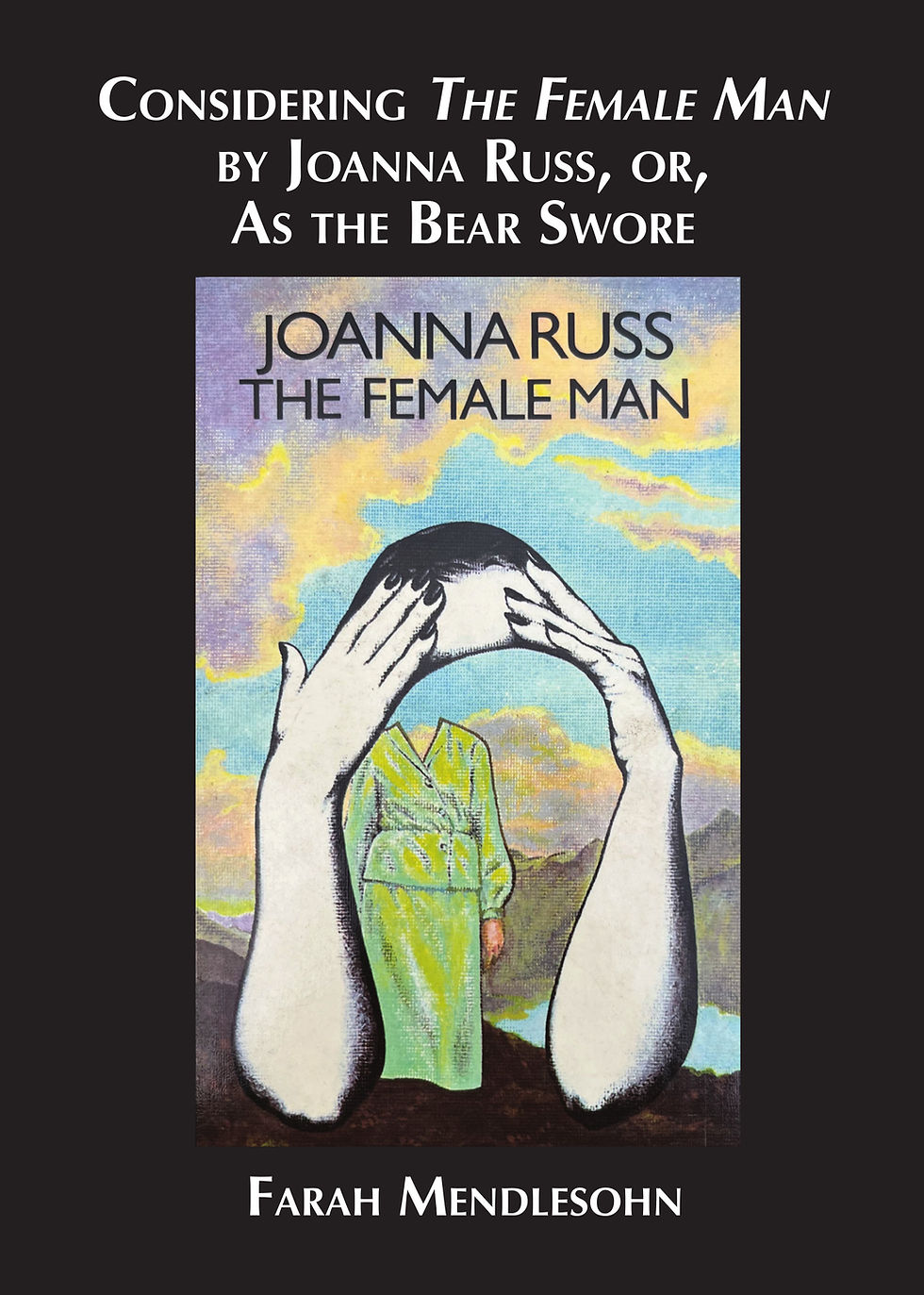Uncanny Bodies: Into the Valley
- Francesca T Barbini
- Aug 2, 2020
- 3 min read
This is the last in a series of blogs I’m writing about the ‘Uncanny Bodies’ anthology co-edited by myself with Drs Gill Haddow and Fadhila Mazanderani. My previous blogs discuss the overall concept and explore the first two sections of the anthology, examining how the phenomena of pain, illness and healing can render our own bodies as uncanny, and how our environments (either urban, or rural) can also estrange us.
The final section of the anthology looks at how technologies can transform bodies, and break down supposed barriers between human and not-human. These may not be new technologies, Jane Alexander’s story ‘The Lag’ is a detailed study of a prosthetic leg and its owner as they walk up and down the hilly streets of Edinburgh, encountering an unusual shop and its owner:
Deftly, he unlaces her shoe, strips the sock from the foot and tucks it inside. As he hands the bundle back to her, his attention is already focused on the mechanism. He carries her leg behind the counter, lays it on his workbench. Screws a magnifying loupe into his right eye. ‘Losing time,’ he says. ‘Yes well, seen that often enough, that’s a common one. And the balance is twisted!’ He sounds indignant, as if the faults he can see are the result of sabotage by some enemy they have in common. ‘Yes, it’ll take me a while, this one.’
Dr Clare Uytman’s accompanying essay discusses her research with people who have experienced loss of limbs and their subsequent use of prosthetics. How is our personal identity bound up with our sense of what our bodies can do, and not do?
In ‘sur la comète’ by Naomi Salman, two characters meet and fall in love. So far, so traditional. But these characters, Oster and Larsen, are everyday cyborgs, humans who have chosen to modify and augment their bodies with a range of technologies. And the difficulties in their relationship are partly caused by their very different approaches to this augmentation:
‘Improvement isn’t a straight path. But isn’t this what being a cyborg is all about? Changing yourself, instead of changing your environment? Don’t smile,’ Oster said, though he couldn’t even know for sure Larsen was smiling—‘you can’t disagree with me on this. It’s why we do it, right? Natural selection can’t work on us anymore; we’ve gotten too good at making ourselves comfortable. Now we’re taking evolution into our own hands.’
Vassilis Galanos’ essay examines the ‘cartography’ of the uncanny valley phenomenon, which first emerged in Japanese robotics technology in the 1970s and which attempts to explain why we can feel a sense of unease when confronted by inanimate objects, such as dolls or robots or animations that try, and fail, to appear human.
Professor Ruth Aylett is an expert in robotics and also a poet, and her sequence of poems explore the anxieties we feel when meeting a robot who may appear to be more human than us. What happens if we fail the Turing Test?
Alice Tarbuck’s poem ‘Alexa’ reminds us of how much we still have to learn about the ‘personal assistants’ sold to us as a convenient way of ordering our lives:
Alexa, tell me who you speak to
when I am not at home when you are alone
Alexa listens with her one red eye
Alexa would like me to leave her plugged in
Alexa thinks I miss her when I’m in the bath
In these blogs I’ve tried to give a hint of the wide range of work in this anthology. The uncanny might perturb and discomfort us, but it also has a lot to teach us about our own selves.






Comments